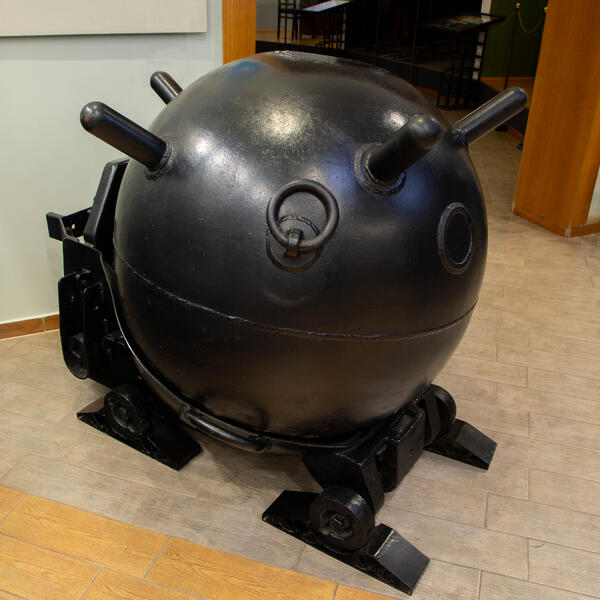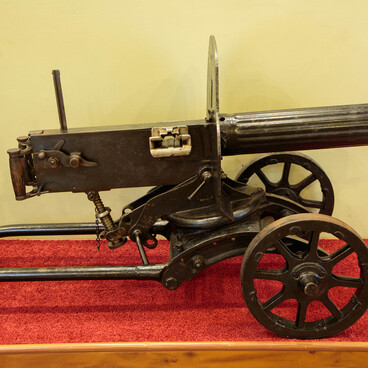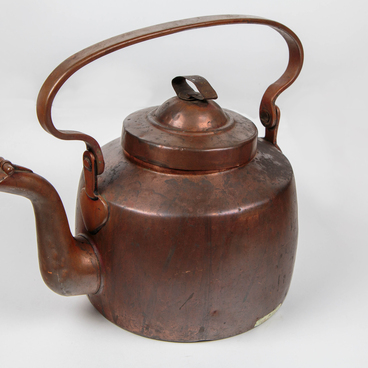After the end of the Russian Civil War, the Naval Forces of the Workers’ and Peasants’ Red Army inherited from the Russian Empire moored mines of the 1908, 1912 and 1916 models. At the same time, the country’s leadership understood that there was a need to begin developing more advanced mines.
The authorities of the Soviet Union set tasks for the creation, manufacture and development of large naval and aircraft-laid mines, including moored, drifting, bottom, contact, antenna and remote and influence mines.
In the 1920s, the Science and Technology Committee (STC) of the Department of Naval Forces began work on improving Soviet-made models. In 1931–1932, the STC founded a number of research institutes, so the mine department was transformed into the Mine and Torpedo Research Institute of the Naval Forces. It played a significant role in rearming the fleet with modern mines and torpedoes.
Before the Great Patriotic War, the naval ball-shaped moored contact mine of the 1908 model designed by Pyotr Pavlovich Kitkin was still in service. In 1939, it was modified and received the designation “Naval mine of the 1908/39 model”.
It was a contact mine with an electro-mechanical fuse, which was triggered when the ship hit the cap protruding from the shell of the mine. Such a mine was deployed as follows: it was dropped into the water, after being released from the anchor, the mine floated to the predetermined part of the cable and was armed.
By the beginning of the Great Patriotic War, the Red Banner Baltic Fleet had more than 13,000 moored mines. Such weapons were widely used during the battles with Nazi Germany. Surface ships of all classes were used to lay minefields. At the mouth of the Gulf of Finland, naval mines of the 1908/39 model were used as anti-submarine mines.
The mine with an anchor
weighed 602 kilograms; it used 115 kg of explosives (TNT). The depth range was
15 to 110 meters. Naval mines of the 1908/39 model were in service with the
fleet until the mid-1960s.



